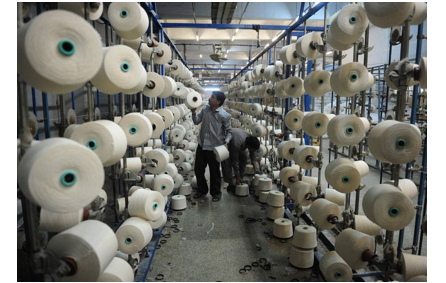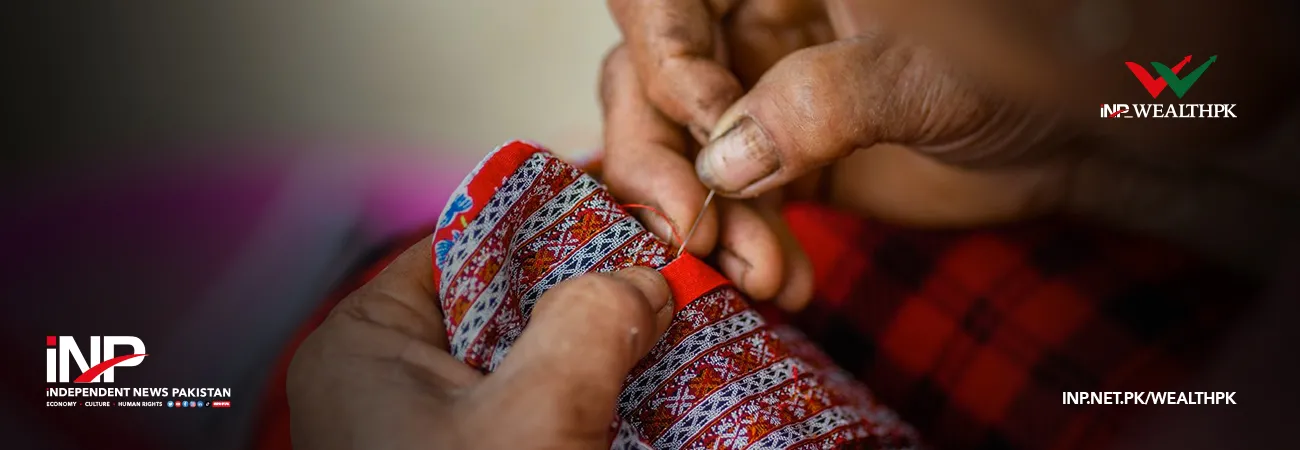INP-WealthPk
Amir Khan

The textile sector primarily produces low-value-added goods of inferior quality due to outdated technology, scarce quality yarn, and lack of institutional financing. Talking to WealthPK, Muhammad Asad Islam Mahni, Additional Secretary of Industries and Production, said the growth of the textile industry, particularly in the value-added sector, will significantly boost employment. He warned that a downturn in this industry could drastically hinder economic growth. Although the production of cotton cloth in mills declined from 703.92 million square meters in 2022-23 to 652.748 million square meters in 2023-24, exports rose by 16.34 percent in volume to 278.626 million square meters, despite a 7.49 percent decrease in value to 1,422.882 million US dollars. The value-added sector, encompassing towels, tents, canvas, cotton bags, bedwear, hosiery, knitwear, and readymade garments, plays a vital role in employment. A substantial amount of raw materials for this segment is sourced locally.
The spinning sector, the backbone of textile production, includes 408 textile units (40 composite and 368 spinning units), equipped with 13.409 million spindles and 198,800 rotors. Currently, 9.70 million spindles and 126,583 rotors are operational, achieving a capacity utilization rate of 72.3 percent and 63.7 percent, respectively, during July-March FY 2024. Pakistan has five major synthetic fibre producers with an annual capacity of 636,000 tonnes. During July-March FY2024, the exports of synthetic textile fabrics increased by 24.07 percent in quantity to 61.739 thousand square meters, although the value decreased by 11.56 percent to 273.659 million US dollars. The woollen industry focuses on manufacturing carpets and rugs. Despite a decline in export value by 21.61 percent to 44.640 million US dollars, the quantity increased by 23.03 percent to 2.500 thousand square meters during July-March FY 2024. The jute industry primarily produces jute sacks and hessian cloth for packing wheat, rice, and other food grains.
The working capacity of spindles decreased by 8.34 percent to 16,815, and that of looms by 6.84 percent to 763 during July-March FY 2024, with the total number of units remaining at 10. Talking to WealthPK, Additional Secretary Industries and Production Muhammad Asad Aslam said the textile industry was crucial to Pakistan's manufacturing sector and economic framework. He highlighted that the industry had the longest production chain, starting from cotton cultivation and extending through ginning, spinning, weaving, dyeing, finishing, and into made-ups and garments. This sector not only adds substantial value at each processing stage but also contributes nearly one-fourth of the industrial value-added and employs about 40 percent of the industrial labour force. Aslam concluded that despite various challenges, Pakistan's textile industry remains a vital economic pillar by providing employment, enhancing value addition, and significantly contributing to exports.
Credit: INP-WealthPk













